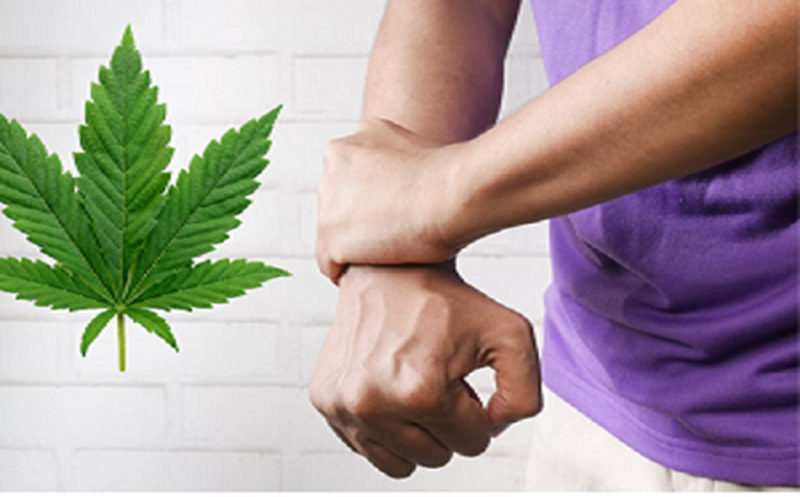
Arthritis is a debilitating condition affecting millions worldwide, characterized by inflammation, stiffness, and pain in the joints. While conventional treatments like painkillers and anti-inflammatory medications provide relief for many, some are turning to alternative therapies, such as cannabis topicals, for managing their symptoms. In this blog post, we’ll explore how cannabis topicals can be used to alleviate arthritis pain and what you need to know before considering this option.
What Are Cannabis Topicals?
Cannabis topicals are products infused with cannabinoids, such as THC (tetrahydrocannabinol) and CBD (cannabidiol), that are applied directly to the skin. Unlike other cannabis products like edibles or inhalables, topicals are not absorbed into the bloodstream, making them a popular choice for localized pain relief without the psychoactive effects commonly associated with marijuana use.
How Cannabis Topicals Work for Arthritis Pain:
The endocannabinoid system (ECS) plays a crucial role in regulating pain, inflammation, and immune response in the body. Cannabinoids found in cannabis interact with receptors in the ECS, potentially reducing pain and inflammation associated with arthritis. When applied topically, cannabinoids are absorbed through the skin and bind to cannabinoid receptors in the affected area, providing targeted relief.
Benefits of Cannabis Topicals for Arthritis Pain:
- Localized Relief: Cannabis topicals offer targeted relief to specific areas affected by arthritis, providing localized pain management without affecting the entire body.
- Non-Psychoactive: Unlike smoking or ingesting cannabis, topicals do not produce psychoactive effects, making them suitable for individuals who want pain relief without impairment.
- Reduced Side Effects: Traditional arthritis medications often come with side effects like nausea, dizziness, and digestive issues. Cannabis topicals may offer a safer alternative with fewer adverse effects.
- Versatility: Cannabis topicals come in various forms, including creams, balms, lotions, and transdermal patches, allowing users to choose the most convenient option for their needs.
Choosing the Right Cannabis Topical: When selecting a cannabis topical for arthritis pain, consider the following factors:
- Cannabinoid Content: Look for products with a balanced ratio of THC and CBD or higher CBD content for anti-inflammatory effects without the psychoactive high.
- Ingredients: Opt for topicals made with natural ingredients and free from artificial additives, fragrances, and preservatives to minimize the risk of skin irritation.
- Third-Party Testing: Choose products that undergo third-party testing to ensure quality, potency, and purity, providing peace of mind about the product’s safety and effectiveness.
- Application Method: Consider the application method that best suits your preferences and lifestyle, whether it’s a cream, balm, lotion, or patch.
Tips for Using Cannabis Topicals Safely:
- Start Low and Go Slow: Begin with a small amount of topical product and gradually increase the dosage as needed to assess your tolerance and response.
- Patch Test: Before applying the topical to a larger area, perform a patch test on a small area of skin to check for any adverse reactions or sensitivity.
- Follow Instructions: Read and follow the manufacturer’s instructions for application and dosage to ensure optimal results and avoid potential side effects.
- Consult with a Healthcare Professional: If you have underlying health conditions or are taking other medications, consult with a healthcare provider before using cannabis topicals to avoid potential interactions or complications.
Conclusion:
Cannabis topicals offer a promising option for managing arthritis pain, providing localized relief without the psychoactive effects of other cannabis products. With careful consideration of factors like cannabinoid content, ingredients, and application methods, individuals with arthritis can make informed decisions about incorporating cannabis topicals into their pain management regimen. As with any alternative therapy, it’s essential to consult with a healthcare professional to ensure safety and effectiveness in alleviating arthritis symptoms.
